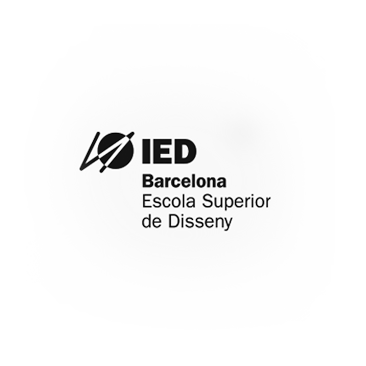Service Design with Port Barcelona: Checking the DEFINITION phase!
Our Business Design students continue advancing with their final project with Port de Barcelona
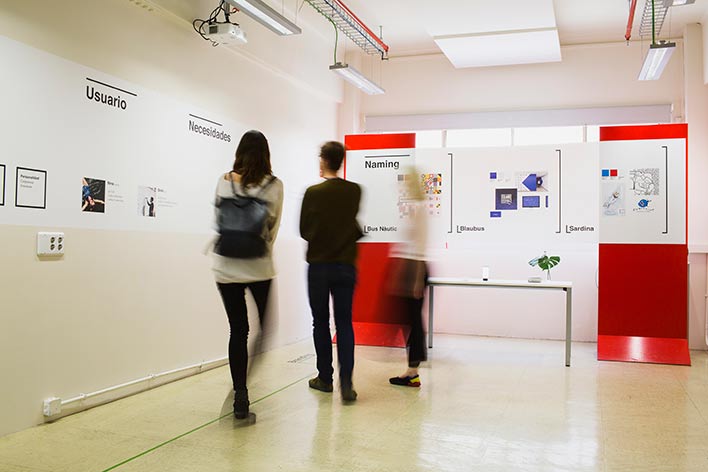
The final thesis of our Business Design students is beginning to take shape! In the Define stage, as its name suggests, the objective is to come to a very specific and clear definition of the problem we have chosen to solve and our idea for how to address it through the design of a new product or service or the improvement of existing ones.
So, the more specific and clearer you make the definition, the more possibilities you have to develop a useful and relevant solution.
Summary of the definitions
Group 1: Erna Rán Jóhannsdóttir and Natalia Ruiz
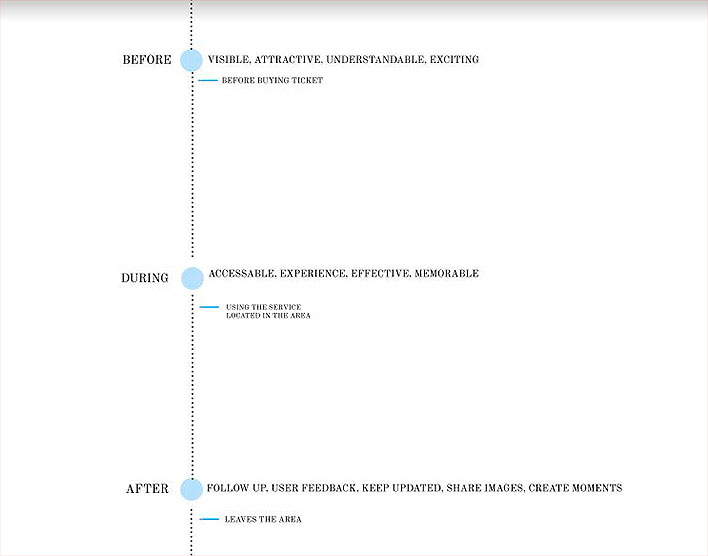
Erna and Natalia have focused on the lack of clarity and organisation in the transmission of practical information between public transport services and users. This causes losses in users’ time and energy and leads to frustration and low efficiency. A comprehensive digital and physical guidance system before, during and after the use of the service would both guide potential users to the service and create a more inclusive, understandable and exciting user experience.
Group 2: Toby Fox
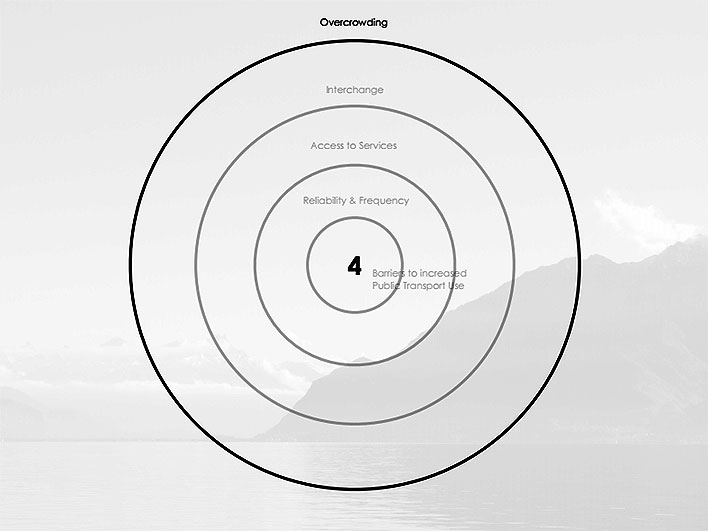
Through interviews conducted during the DISCOVERY stage to the main personas that would use the service, Toby has identified the reasons of the bad user experience associated with public transport: reliability & frequency, accessibility, interchanges and overcrowding. After studying how they can be addressed in each phase of the user journey, Toby decided to center his project on the relationship between the port and the different city stakeholders, from companies to the neighbourhood associations -that, specifically in Barcelona, play a very important role- in order to have their active participation during the creation and implementation of the service.
Group 3: Maria Ilaria Robba
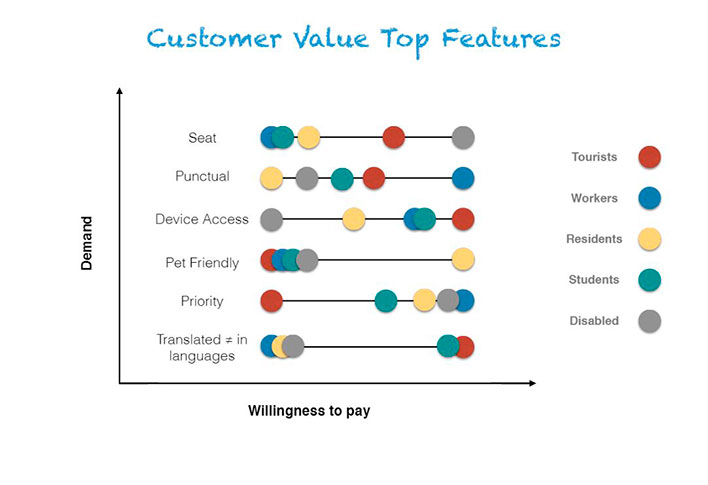
Ilaria and Toby have the same starting point, the problems identified in their interviews. shares with Toby has worked on addressing the lack of closeness between the citizens and their public transport services, that can sometimes be seen even as a “necessary evil” to move around town. Her aim is to create engagement and proximity through the design of a better experience during the use of the service adding value, going beyond taking users from one point to another.
Group 4: Ioana Crasovan and Juanita Villamizar
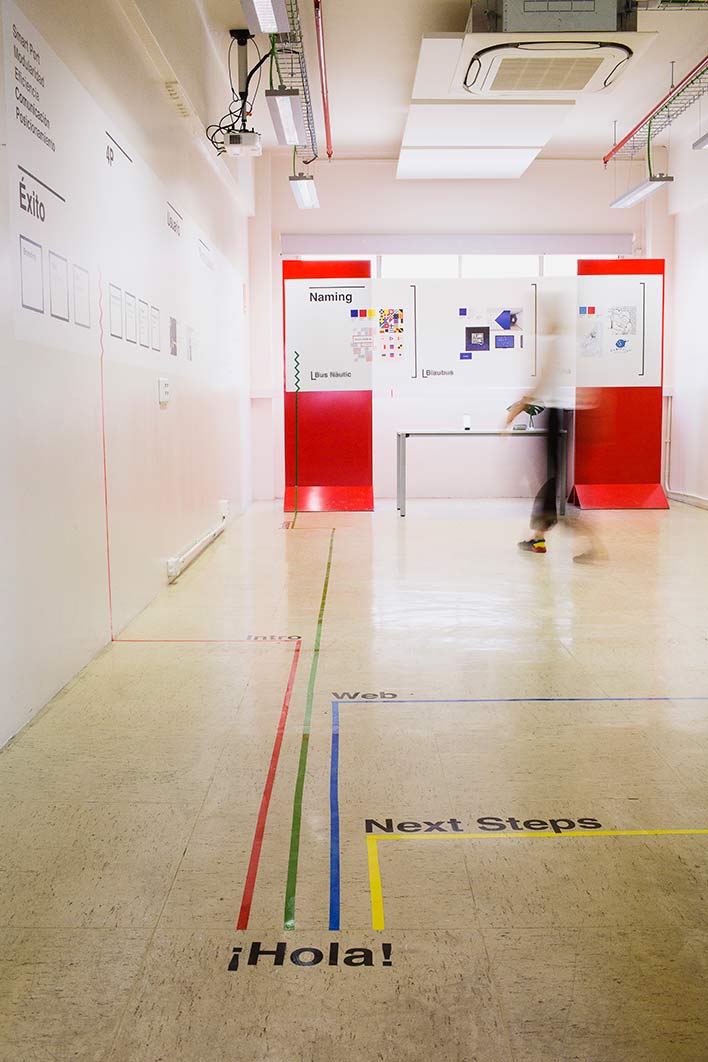
Ioana and Juanita have chosen to present their proposals as an installation. While they were explaining their idea, the audience could walk around the classroom following the guidance signs on the floor to better understand how the users of the Port would use the new service they are conceptualising.
They are focused on solving the common problems that a transport service can cause not only for the users but also for the citizens and the city as a whole: pollution, unbalanced relationship between needs and costs, congestion, lack of confidence in the punctuality, accessibility issues or avoidable time waste.
They plan to develop a comprehensive design of the service before, during, and after the use that addresses each one of the above-listed points of conflict. The key points of their plan are sustainability and circular economy, modularity and inclusiveness, accurate efficiency studies, communication and positioning. They have proposed specific actions for each of these key points.
